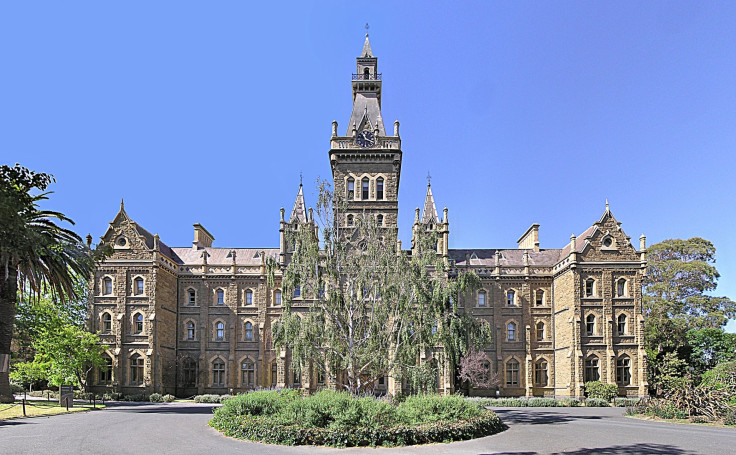To Foreigners Seeking Degrees In Australian Universities: Cough Up At Least $200,000

The cost to foreigners of gaining a college degree in Australia now outstrips the price tag of diplomas obtained in the United States or Britain.
The Straits Times of Singapore reported that a four-year, non-medical degree from an Australian university -- long a favored destination for Singaporean students -- can cost up to U.S.$208,000 for foreign students, versus $173,000 in the U.S., $112,000 in the U.K., $51,000 in Germany and $46,000 in China.
The average cost of a four-year program at a Singaporean university tops out at about $69,000.
Part of the reason for the high tuition costs in Australia has to do with the strength of the Australian dollar -- since the dark days of the global financial crisis in late 2008, the currency has about doubled in value relative to the U.S. greenback. (Not surprisingly, the U.S. dollar and the pound sterling have weakened considerably over the past five years.)
Given these discrepancies in costs, the number of Singaporeans seeking higher learning opportunities Down Under may decrease in favor of farther -- but cheaper-- alternatives.
In 2011, the Times noted, almost 10,000 Singaporeans were studying in Australian schools, more than double the comparable figures for the U.S. and Britain.
Dr. Timothy Chan, an expert on education matters in Singapore, believes Britain is probably the best place now to get schooling, all things considered.
"Equally important are intangible factors such as proximity from home, accessibility, culture and even weather of the country," he told the Times.
"For example, Perth [Australia] and Singapore are in the same time zone. [But] if one prefers a white Christmas and doesn't mind a harsh winter, then Britain and the U.S. will offer better choices."
The Australian newspaper recently reported that tuition fees and living costs for international students have soared by 166 percent over the past decade, threatening to seriously hurt the country’s attraction for foreign students.
"The evidence we've seen from students -- especially Chinese and Indian -- is that all other things being equal they'd like to go to America,” Monash University researcher Bob Birrell said.
"We had a cost advantage through the boom period [2002-09] -- now that's reversed with a vengeance."
But Phil Honeywod of The International Education Association of Australia insisted that middle-class youths in India and China will continue to seek degrees Down Under.
"We are seeing green shoots out of India as that country begins to understand that Australia is now a graduate study market for their students," he said.
"And we offer post-study work rights which the U.K. no longer offers -- and the U.S. never has."
Moreover, a Singaporean undergraduate named Alvin Lim, who is enrolled at Melbourne University, told The Straits Times of Singapore that the costs he faces are manageable, since many foreign students are allowed to work.
"The cost of living in Australia is definitely high, and it is not helped by the high [Australian] dollar, but most students offset this by working part-time,” he said.
“I'm looking to do some casual employment at a sushi bar this winter. That could earn me up to [Aus.] $20[(U.S. $19.50] per hour."
© Copyright IBTimes 2024. All rights reserved.




















